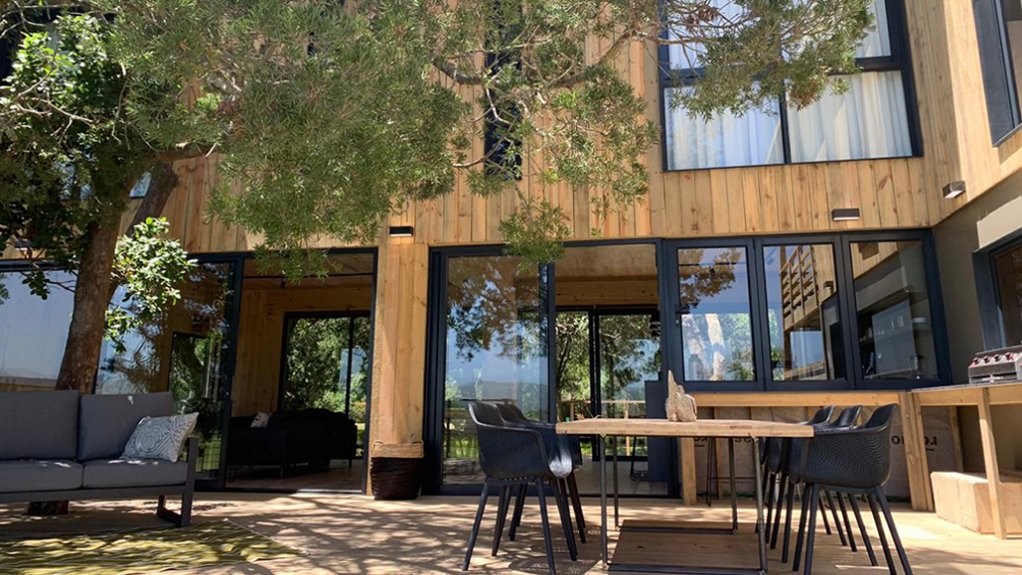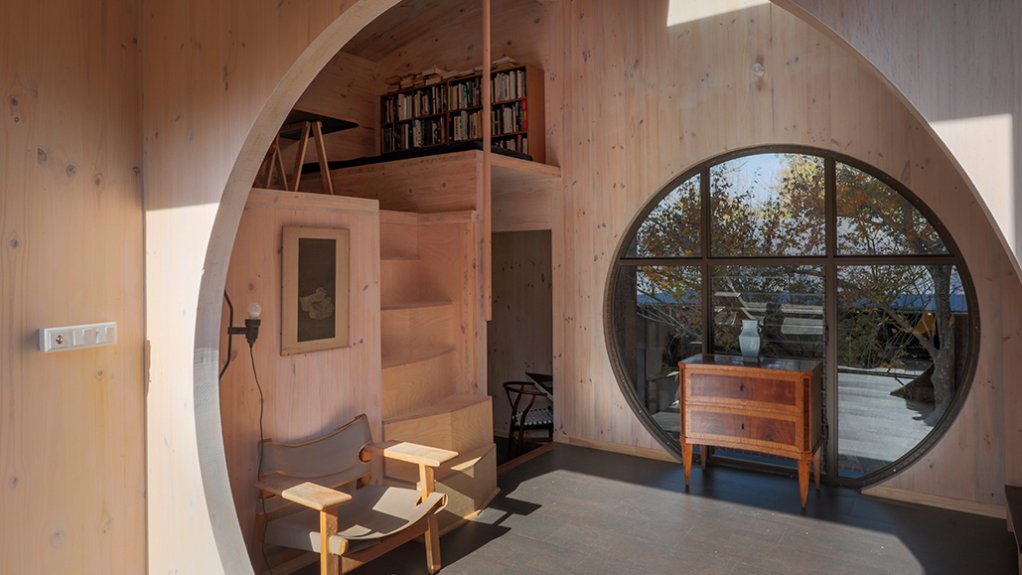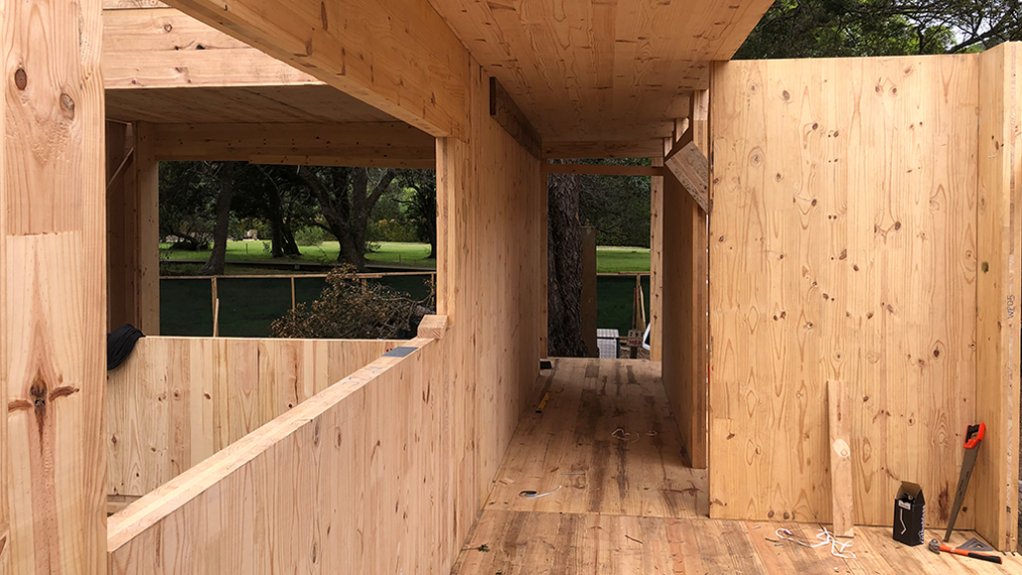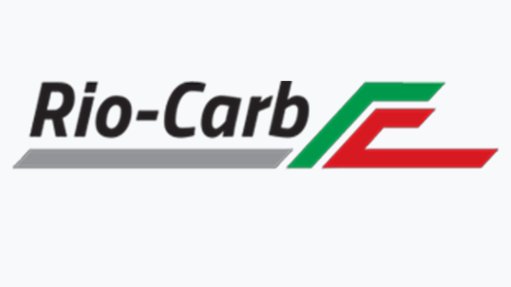Sustainable timber building materials key to greener buildings




NATURAL BEAUTY Timber’s natural beauty can add warmth and character to any building
Photo by Xlam SA – Brenton House
CALMING IMPACT The natural appearance of timber interiors has a calming impact
Photo by Xlam SA – Cork House
NATURAL INSULATOR Timber is a natural insulator of heat, which can reduce the amount of energy required to heat or cool buildings
Photo by Xlam SA – Brenton House
By adhering to the accreditation of nonprofit organisation the Forest Stewardship Council (FSC), local forestry companies are promoting sustainable forestry management and, subsequently, sustainable timber building materials, which integrated forestry company York Timbers wood structural engineering chairperson Schalk Grobbelaar says is a “key component of green building”.
Grobbelaar is also a lecturer at the University of Pretoria in the Department of Engineering and Technology Management, which is a part of the university’s Graduate School of Technology Management.
He notes that Forestry South Africa (FSA) says that about 80% of the country’s plantations are FSC-certified.
The FSA represents 11 corporate forestry companies, about 100 commercial timber farmers and about 20 000 small-scale growers in the country which collectively own or control no less than 93% of the country’s total plantation area of 1.2-million hectares.
It supports the industry in common and precompetitive areas such as research and protection against pests and disease, environmental issues, education and training, as well as legislation.
FSC accreditation is the most widely used forest certification scheme globally and ensures that forests are managed in a sustainable way, considering environmental, social and economic factors.
This active management of the local forestry sector means that much of the timber used in South Africa can be considered sustainable – a key factor when considering timber for green building applications.
Sustainable timber has many environmental benefits: 1 kg of wood can hold between 1.65 kg and 1.80 kg of carbon dioxide (CO2), and can, in many cases, be recycled or used as renewable energy after the end of its life span.
Unlike concrete and steel, which comprise non-renewable materials, timber can be replanted and harvested in a sustainable way. Timber is a low-carbon building material, as it can store CO2, which helps to reduce greenhouse-gas emissions.
“It is also a natural insulator of heat, which can reduce the amount of energy required to heat or cool buildings,” Grobbelaar notes, adding that its natural beauty can “add warmth and character to any building”.
Some studies, such as that conducted in 2006 by the Japan Wood Research Society’s Yuko Tsunetsugu, Yoshifumi Miyazaki and Hiroshi Sato, have also indicated that the natural appearance of timber interiors has a “calming impact on occupants and assists with stress reduction” or improves occupants’ focus and concentration when asked to perform a task in a room featuring exposed wood surfaces.
Further, Grobbelaar says the green building industry can encourage the use of timber from FSC-certified forests and promote the concept of chain of custody certificates to ensure the sustainability of timber sourcing.
This is further encouraged and promoted through the Green Star rating system, which considers the use of sustainable timber in its scoring.
However, Grobbelaar stresses that there is still room for improvement, as there is a need to create more awareness of the impact of embodied carbon on the Green Star rating. Embodied carbon is the CO2 emitted during the construction and operation of a building.
“By using sustainable timber, we can reduce the embodied carbon of a building, which will improve its Green Star rating,” he comments, adding that there are several ways of promoting the use of sustainable timber in South Africa.
For example: creating awareness of the benefits of sustainable timber can be increased through education and marketing campaigns. Another way is to make it easier for builders and architects to specify sustainable timber, which Grobbelaar says can be done by working with suppliers to ensure that sustainable timber is readily available.
“By taking these steps, we can help to make South Africa a leader in sustainable forestry management. We can also help to reduce the environmental impact of our buildings and create a more sustainable future for all,” he states.
Article Enquiry
Email Article
Save Article
Feedback
To advertise email advertising@creamermedia.co.za or click here
Comments
Announcements
What's On
Subscribe to improve your user experience...
Option 1 (equivalent of R125 a month):
Receive a weekly copy of Creamer Media's Engineering News & Mining Weekly magazine
(print copy for those in South Africa and e-magazine for those outside of South Africa)
Receive daily email newsletters
Access to full search results
Access archive of magazine back copies
Access to Projects in Progress
Access to ONE Research Report of your choice in PDF format
Option 2 (equivalent of R375 a month):
All benefits from Option 1
PLUS
Access to Creamer Media's Research Channel Africa for ALL Research Reports, in PDF format, on various industrial and mining sectors
including Electricity; Water; Energy Transition; Hydrogen; Roads, Rail and Ports; Coal; Gold; Platinum; Battery Metals; etc.
Already a subscriber?
Forgotten your password?
Receive weekly copy of Creamer Media's Engineering News & Mining Weekly magazine (print copy for those in South Africa and e-magazine for those outside of South Africa)
➕
Recieve daily email newsletters
➕
Access to full search results
➕
Access archive of magazine back copies
➕
Access to Projects in Progress
➕
Access to ONE Research Report of your choice in PDF format
RESEARCH CHANNEL AFRICA
R4500 (equivalent of R375 a month)
SUBSCRIBEAll benefits from Option 1
➕
Access to Creamer Media's Research Channel Africa for ALL Research Reports on various industrial and mining sectors, in PDF format, including on:
Electricity
➕
Water
➕
Energy Transition
➕
Hydrogen
➕
Roads, Rail and Ports
➕
Coal
➕
Gold
➕
Platinum
➕
Battery Metals
➕
etc.
Receive all benefits from Option 1 or Option 2 delivered to numerous people at your company
➕
Multiple User names and Passwords for simultaneous log-ins
➕
Intranet integration access to all in your organisation



















